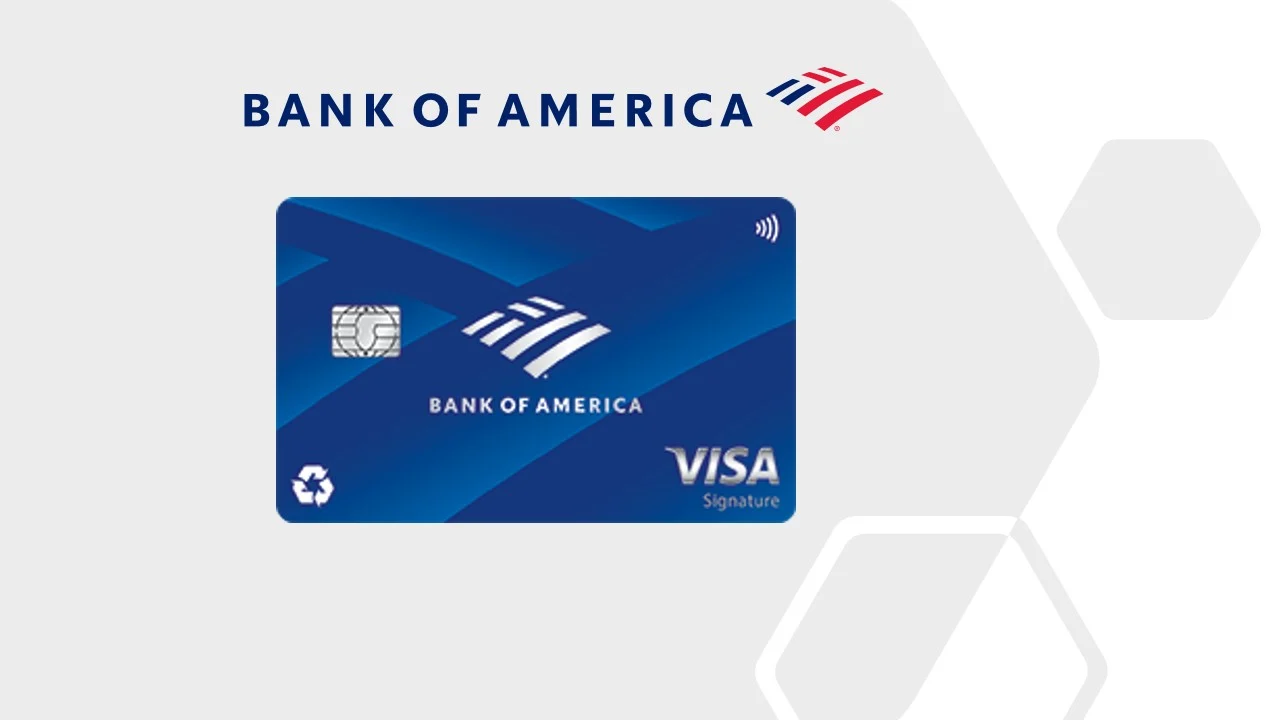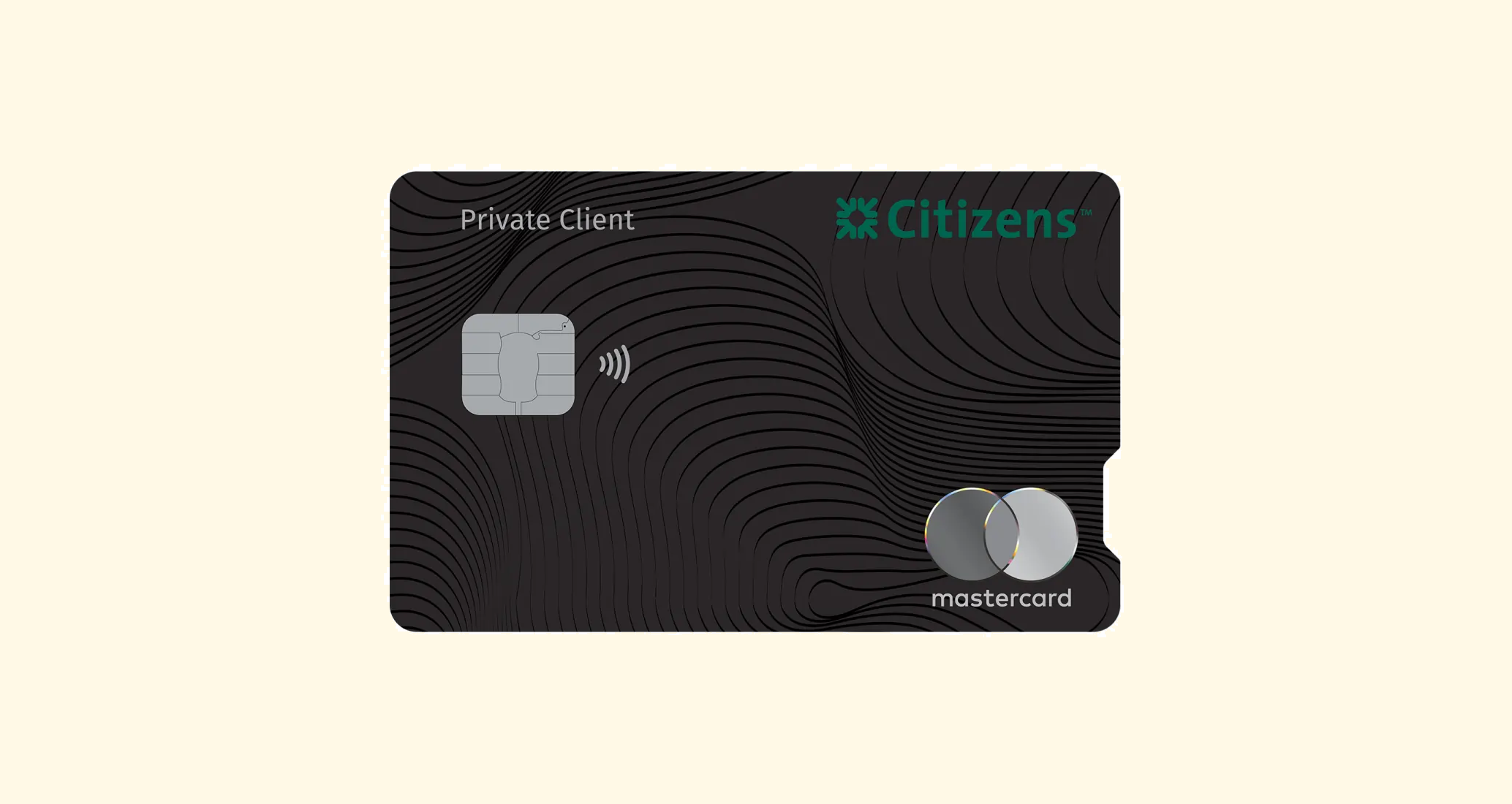How to Compare Credit Card Rewards Programs

The Importance of Selecting the Right Credit Card
Having a suitable credit card can significantly impact your financial health and overall lifestyle. With the myriad of options available on the market, understanding how to effectively compare credit card rewards programs becomes essential. This informed approach allows you to choose a card that aligns with your spending habits and meets your financial goals.
Key Features to Evaluate When Comparing Rewards Programs
When assessing credit card rewards, consider these important features:
- Types of Rewards: Credit cards typically offer various reward systems including cash back, points, or travel miles. For instance, if you frequently travel, a card that awards travel miles may be beneficial, allowing you to earn points toward flights or hotel stays. Conversely, if you prefer immediate savings, a cash back card might suit you better, providing a percentage of your spending back in cash.
- Earn Rates: It’s crucial to understand the percentage of rewards earned on different types of purchases. Some credit cards may offer a standard 1% cash back on all purchases but give you 3% cash back on groceries or dining out. An example is the Chase Freedom Unlimited card, which provides 1.5% cash back on all purchases but offers higher rewards in specific categories. If a significant portion of your budget is allocated to dining or groceries, opting for a card that maximizes rewards in those areas can amplify your benefits.
- Redemption Options: Look into how you can redeem your accrued rewards. Cards that offer more flexible redemption options, such as the ability to convert points into travel expenses, statement credits, or gift cards, often maximize the value of your rewards. For example, the American Express Membership Rewards program allows points to be redeemed for travel tickets or merchandise, granting you the flexibility to choose based on your needs.
Long-Term Considerations
While it may be tempting to focus solely on immediate incentives such as bonus rewards for new customers or promotional interest rates, it’s vital to scrutinize any associated annual fees or long-term costs. A credit card with a substantial annual fee might not be worth the expense if the rewards do not outweigh the costs. For example, if you anticipate that your spending won’t generate enough rewards to cover the fee, it might be a better choice to select a no-annual-fee card with less flashy rewards.
Conclusion
By systematically comparing these factors, including types of rewards, earn rates, and redemption options, you can pinpoint the credit card rewards program that best suits your lifestyle. Remember, making the right choice can lead to significant savings and advantages over time, enhancing your financial health and providing opportunities that align with your personal goals.
Understanding the Types of Rewards
When diving into the world of credit card rewards programs, the first step is to familiarize yourself with the different types of rewards available. Generally, credit cards can be categorized into three main types of rewards systems: cash back, points, and travel miles. Each of these categories has its distinct advantages, and understanding them can help you align your credit card choice with your spending habits and lifestyle.
- Cash Back: One of the most straightforward reward systems is cash back. With these cards, you earn a percentage of your purchases back as cash. For instance, if you have a card that offers 2% cash back on all purchases, a $100 purchase would earn you $2 in rewards that could simply reduce your credit card bill or be deposited into your bank account. This can be particularly useful for those who prefer tangible benefits and immediate savings.
- Points: Many credit cards employ a points system where you accumulate points for every dollar spent, which can later be redeemed for various goods or services. For example, if you use a points card for spending on dining or travel, those points might be redeemed for gift cards, merchandise, or even statement credits. A well-known example is the Chase Sapphire Preferred Card, which rewards cardholders with points that can be transferred to partners for travel benefits, making it ideal for frequent travelers.
- Travel Miles: If you’re a regular traveler, a travel rewards card that grants miles for airline loyalty programs may be a perfect fit. These cards allow you to earn miles for every purchase, which are redeemable for free flights, upgrades, or hotel stays. The Capital One Venture Rewards Credit Card is an excellent example, offering unlimited 2 miles per dollar on purchases, allowing you to earn significant miles quickly.
Evaluating Your Spending Habits
Understanding your purchasing habits is essential when comparing credit card rewards programs. Take time to analyze where you spend the most money each month. Do you frequently dine out or travel, or do you make most of your purchases at grocery stores? Consider tracking your expenses for a month or two to gain valuable insights into your spending patterns. This analysis will help you determine which rewards system offers the best return on investment. For example, if you discover that dining out is your primary expense, a card that provides higher rewards for restaurants may ultimately yield greater benefits.
Additionally, think about how often you will utilize the rewards you’re earning. It’s easy to overlook a card with an attractive point system if you’re unlikely to redeem those points within the timeframe they provide or if the options for redemption are limited. By focusing on a rewards program that reflects your spending habits and lifestyle, you will be better positioned to maximize your returns.
Comparing Reward Rates and Redemption Options
Once you understand the types of rewards available and have evaluated your spending habits, the next step is to delve into the specifics of reward rates and redemption options offered by various credit card rewards programs. This can make a significant difference in how beneficial a card can be for you in the long run.
Analyzing Reward Rates
Each credit card will advertise different reward rates, often described in terms of percentages or multipliers. For example, a card may offer 3% cash back on groceries, 2% on gas, and 1% on all other purchases. It’s essential to consider not just the overall percentage of cash back or points, but also how these rates apply to the specific categories where you spend the most. Additionally, some cards offer introductory bonuses for new cardholders, which can impart a substantial value upon sign-up, often in the form of additional cash back or bonus points after you meet a spending threshold.
It is wise to use a rewards calculator—many comparison sites provide this tool—which allows you to input your estimated monthly spending in different categories to see potential earnings from various cards. This can provide a clearer picture of how much each card could benefit you based on your personal spending behavior.
Understanding Redemption Options
Another critical aspect of credit card rewards is the redemption options available to you. While a high reward rate may initially attract you to a card, if the redemption process is cumbersome or the options are limited, it may lead to disappointment. Here are some key factors to consider:
- Flexibility: Some cards allow you to redeem rewards for a wide range of options including travel, merchandise, gift cards, or cash back. Cards that enable you to transfer points to travel partners offer a powerful way to maximize your rewards, especially if you’re a frequent traveler. Look for cards like the American Express Membership Rewards program, which has versatile transfer partners.
- Expiration Policies: Be aware of how long your rewards will last. Some programs require you to redeem rewards within a certain timeframe or your points may expire. For instance, if you earn points but do not have the opportunity to redeem them before they vanish, those potential rewards lose their value. Always read the fine print regarding expiration dates.
- Ease of Redemption: Evaluate how simple it is to access and redeem your rewards. Some cards offer an easy-to-use app or website for tracking and redemption, while others may require more effort. A card that provides a straightforward, user-friendly interface for managing your rewards will enhance your overall experience.
Lastly, keep in mind that the overall value of a rewards program is not just about the rate of return but also about whether it fits neatly into your personal financial strategy. Being clear about your goal for earning rewards—whether it’s saving for travel, offsetting everyday purchases, or simply enjoying extra perks—will guide your comparisons and ultimately lead you to the credit card that meets your needs effectively.
Conclusion
In summary, when it comes to comparing credit card rewards programs, it’s essential to take a comprehensive approach. Start by identifying your individual spending habits and the rewards categories that align with them. Whether it’s cash back on everyday purchases, travel points for your next vacation, or rewards that contribute to special experiences, understanding what suits your lifestyle is key.
Next, evaluate the reward rates carefully. A card that offers higher percentages in the categories you frequently use will be more beneficial in the long run than a card boasting high rates in less relevant categories. Don’t forget to check for introductory bonuses, as these can improve a card’s value significantly.
Additionally, assess the redemption options provided by each program. Look for flexibility, expiration policies, and ease of use to ensure that your earned rewards can be utilized effectively without unnecessary complications. Keep in mind that the best rewards program is one that complements your financial goals, whether they involve travel, cash back, or other perks.
By focusing on these critical aspects, you can confidently navigate the myriad options available and select a credit card rewards program that not only meets your needs but also enhances your overall financial experience. Just remember, the ultimate aim is to maximize your rewards while maintaining strong financial practices. Happy comparing!


